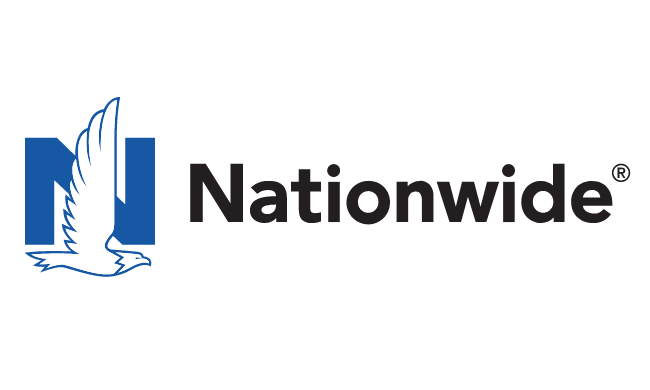Nationwide is latest major US insurer to pull-back, citing cat weather losses & inflation

Nationwide Mutual Insurance is the latest major US carrier to announce that it is pulling-back, due to catastrophic weather losses and inflation among other reasons, planning to cease writing certain new business as it looks to get a handle on its exposure and claims frequency.
We’d been hearing rumours all weekend that an announcement was coming from Nationwide and we’re told this has literally just gone out to agents working with Nationwide now.
A statement from the insurer says the company is taking actions across its property and casualty insurance business.
“Strong headwinds brought on by the economic environment, catastrophic weather events and the impacts of inflation continue to impact the entire insurance industry,” the insurer explains.
“As a result, Nationwide has announced specific business actions it is taking to mitigate risk and manage the personal and commercial lines portfolios in the current environment,” it continued.
Nationwide said that it will now require pre-quote documentation for new personal lines business from June 14th, for some products in select states.
On the commercial side, Nationwide said that it is, “Taking some actions to balance risk within its small and middle market commercial lines business.”
While Nationwide did not explicitly mention reinsurance costs, you’ve got to imagine this is a factor here.
The higher price of reinsurance and the higher retentions and tighter terms that US insurers are having to agree to, all add to the exposure profile changes that carriers have been grappling with in recent years.
Catastrophes and severe weather, climate change influences on loss costs, economic pressures, escalating construction costs that have been running ahead of inflation, plus inflation on every other cost and input to their businesses, alongside social inflationary factors and rising litigated claims rates, are all making it incredibly hard to remain in control of both exposure and perhaps more importantly the frequency of claims, or at least its predictability.
Add in the difficulty to charge rates you truly believe are commensurate with the risk, given many US states won’t allow significant rate increases, and the problems faced are wide-ranging for carriers like Nationwide.
All of which factors go some way to explaining some of the actions seen in the US insurance market in recent weeks.
Nationwide said it is “strong, stable and on a path to significant long-term growth and expansion” while also saying that it is “well-capitalized to keep its promises to customers.”
This move from Nationwide comes soon after a similar announcement that State Farm is exiting writing property insurance in California, and reports that AIG and Farmers are also shying away from the most catastrophe exposed areas.
Further supporting the kind of moves being made is our story from last week that catastrophe-exposed property specialist MGA Velocity Risk was ceasing to write homeowners business.
This trend continues to develop and as we said above it seems to be a wholehearted admission by some of the biggest players that loss costs and claims frequency may have been running away from them and that these, exacerbated by economic factors, inflation and now much higher reinsurance costs, are all forcing them to take a step back and assess the profitability of their portfolios.
It also seems to be a case that these major carriers want to make sure that they really do understand the exposure they have written and assumed, as well as what it means if catastrophe and severe weather loss costs remain as elevated as they have been lately, plus how climate change related factors could influence the loss cost run-rate going forwards.
It should also be reiterated that insurance carriers are lacking one of the key levers that should enable them to keep ahead of loss cost trends and frequency, their inward policy rates.
While they cannot raise them sufficiently in many states, to levels viewed by them as sustainable, we should expect this trend to accelerate and carriers finding ways to control their risk and exposure, through reductions in coverage or pulling-back, become a wider feature of the market.
It seems insurers have decided that, their pricing is not risk commensurate, while their loss costs are escalating away from them, and they’ve lost sight of any predictable way to understand their forward claims run-rate.
All of which makes running an insurance business incredibly challenging under current market conditions and the economic set of circumstances.
Use of reinsurance and alternatives such as catastrophe bonds could be critical in helping insurers navigate this challenging time, as they seek to get control back over their risk exposure, and we don’t expect that to lessen, despite the risk controls being put in place.
In fact, reinsurance could become an even more important lever, as these insurers eventually find ways to start writing business again, or get the approval to lift their rates to levels deemed more risk appropriate.
But, in the meantime, it appears that a period of adjustment is ahead and that could mean some pain for US insurance consumers.
Also read:
AIG & Farmers also reported to pull-back from some catastrophe risks.
State Farm exits California property on rising cat risk & reinsurance costs.
Velocity Risk to exit the homeowners insurance market.
Florida: Exposure management by any means necessary.






